In La Aldea for good
The new tunnel on the road to La Aldea now provides access to one of the most beautiful outposts in Gran Canaria.
Your car moves along between two towering cliffs that make you feel both small and fortunate at the same time. If you are coming in from Las Palmas de Gran Canaria and have just passed Agaete, there is a huge expanse of blue ocean to your right. On the other side, a range of cliffs rise up –or plunge downwards, depending on how you look at it- and give way to steep ravines from time to time that open out into the sea. That’s right, the road that opens up in La Aldea de San Nicolás is a procession of kilometres of stunning beauty.
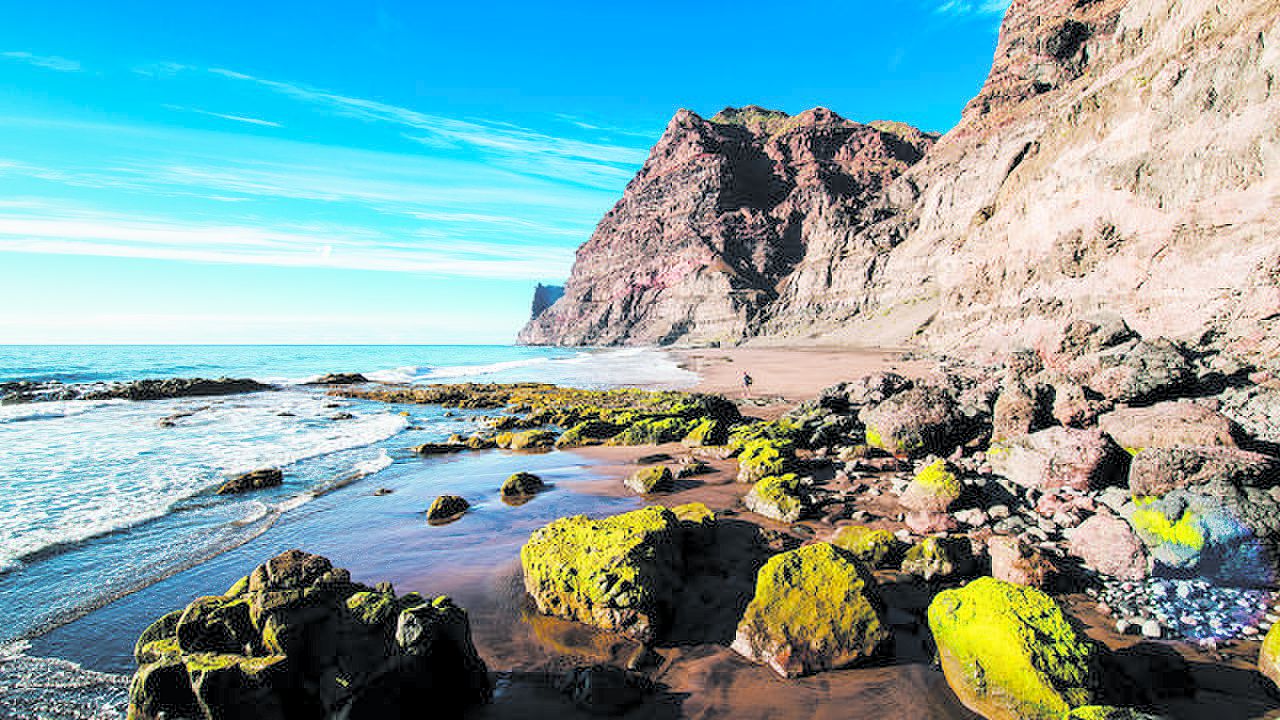
So now La Aldea de San Nicolás is just that little bit closer. A stopping place around the bend in the road to stretch our legs and take in some wonderful views. New angles that show just what it means now that this tunnel that runs through the island’s colossal volcanic belly in the middle of the Atlantic is finally open.
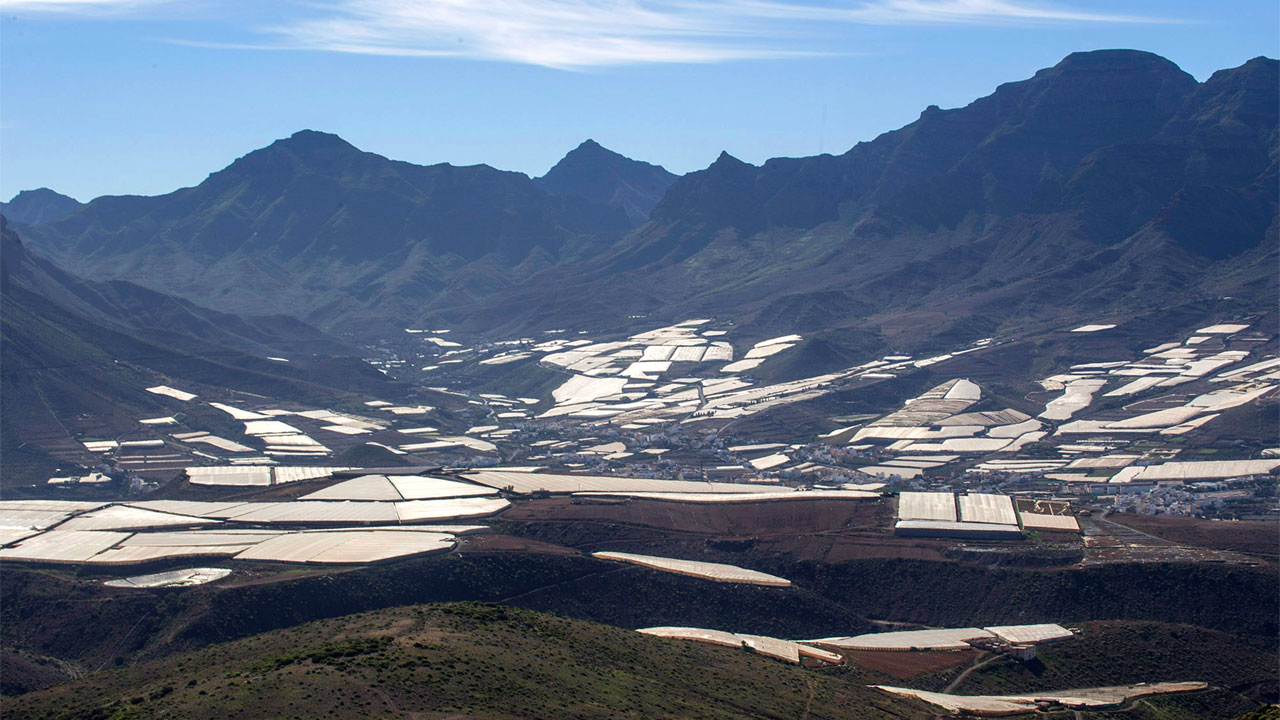
Prior to the opening of this new road, the old route wrapped itself around the contours of the mountains, like a tarmac climbing plant that clung perilously on the the steep terrain before descending down slowly towards the town. This orginal section has now been replaced by a comfortable, safe and modern tunnel that runs for over three kilometres and provides the grand gateway to La Aldea de San Nicolás when approached from the northern GC-2 road.
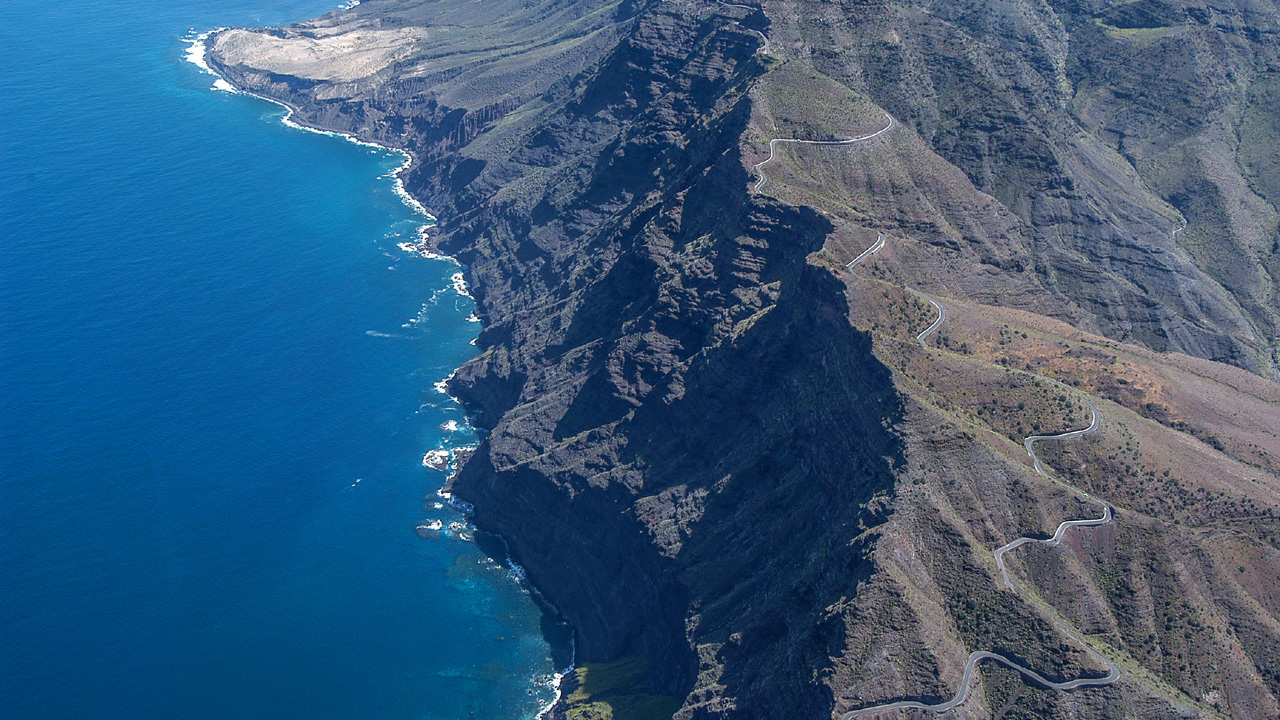
The light at the end of the tunnel is almost like a dazzling flash, as the sun in La Aldea de San Nicolás looks like it is going to flood the whole area. And it achieves just that. In just a few kilometres’ drive along the road the valley opens up in front of our eyes, in a blaze of glory, and hints that there will a good number of surprises around the corner. And we are not mistaken.
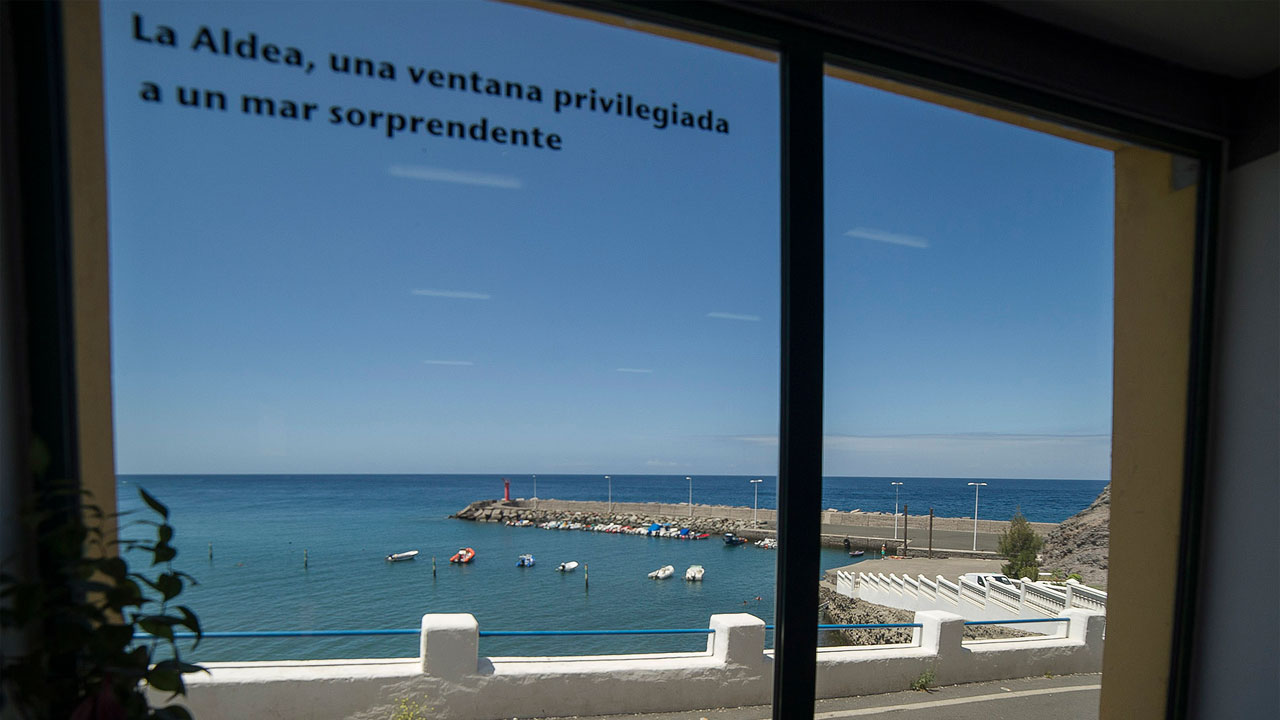
We head first to the town. We park up and take a stroll along the pedestrian area. The perfectly blue layer of sky overhead is accompanied by the odd little dot of white cloud that stands lonely on high, like a puff of white smoke from the chimney of the old rum factory, or the church spire.
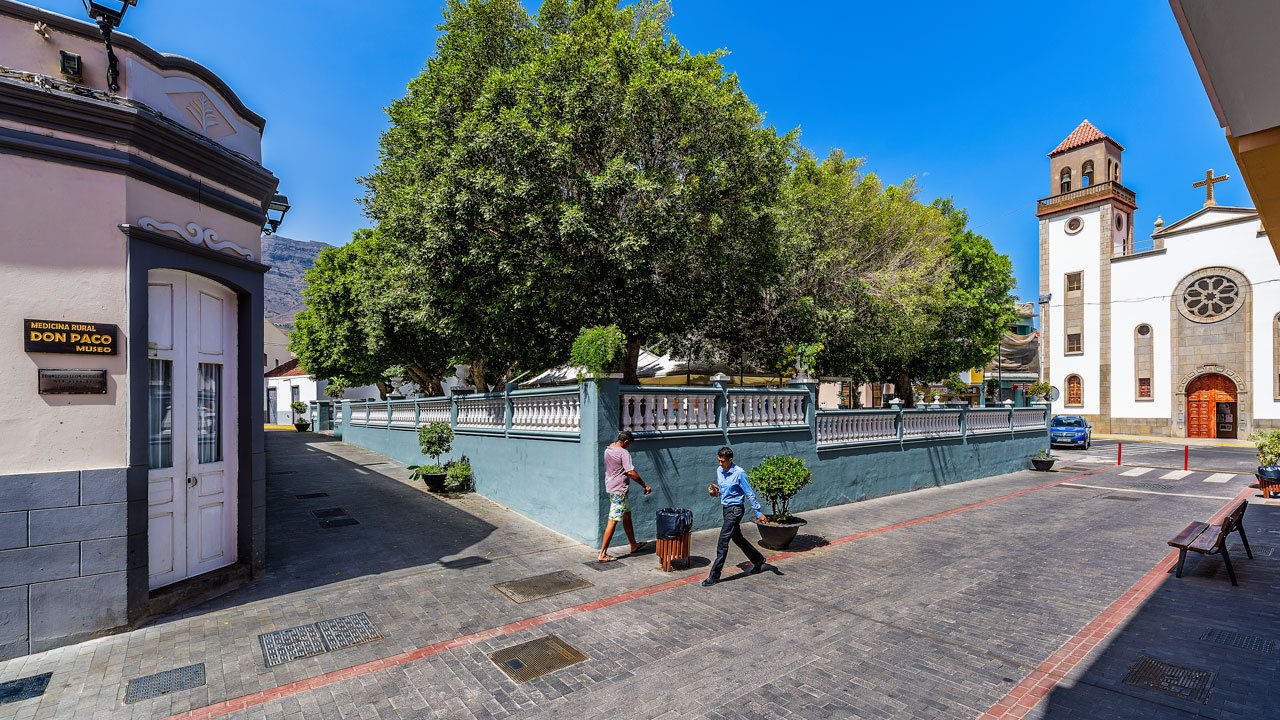
Along calle Matías Vega a couple of men are taking refuge in the shade, to share in a conversation that contains more gaps than words, befitting the calmness of places that have been anchored in time, for perhaps a little longer than usual and perhaps longer than necessary. “This place is wonderful, it is so peaceful. Those who come to La Aldea never really leave”, points out one of the two fellows, Juan Martín. We will get a better idea of what he means later on.
Calle Real and the maze of sidestreets offer highly relevant displays of the area’s traditional architecture. Some of these stand out for their sheer age, for their attractive balconies or because they are home to occasional activities that keep the region’s traditions alive. One of these does so especially as it brings stone and sea together, in this case because it has its façade covered with some whimsically shaped spirals in a snail fashion.
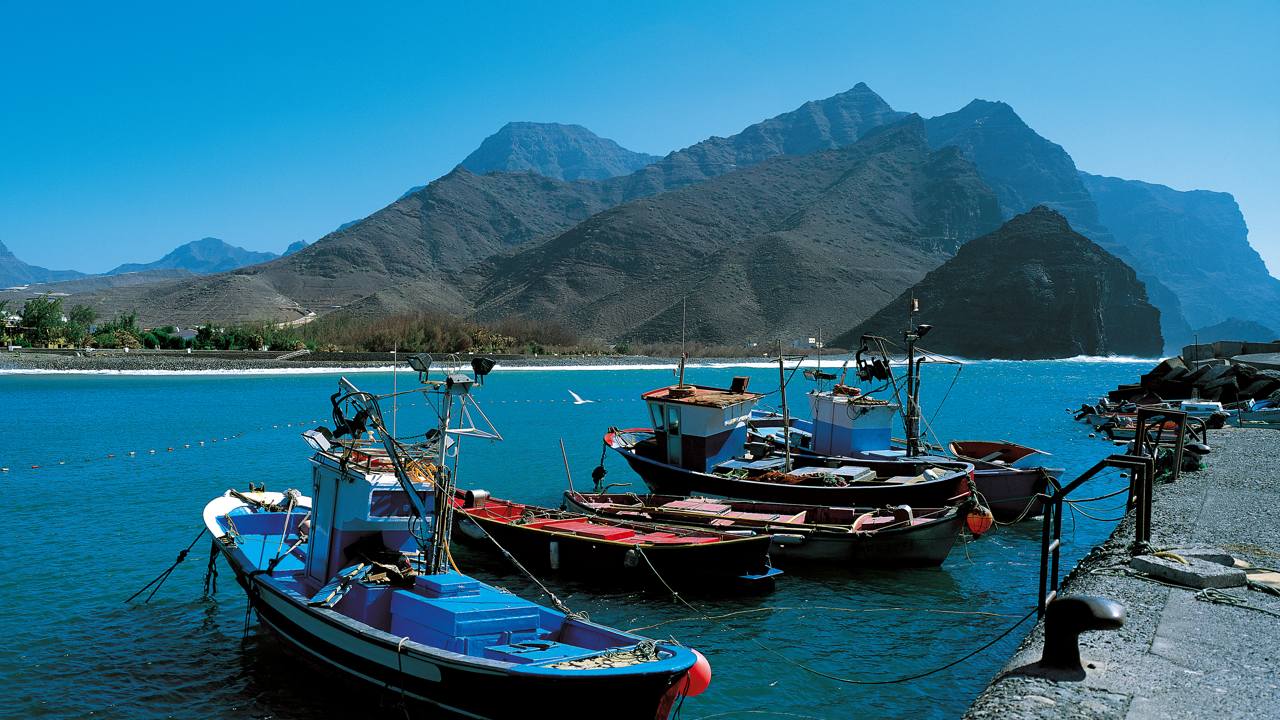
We now mover along to the coast, where the sea bed hides a truly stunning underworld of fish and wonderful fields of gorgonian coral. We then take an inquisitive look inside the pilot project called the El Roque Eco-touristic Micro Coastline Area. The building it occupies was once the tomato packaging factory. A few metres below, the crystal clear waters of the harbour entice you to become a fish for a short while. Your other option is take a ramble along the nearby caves and coves.
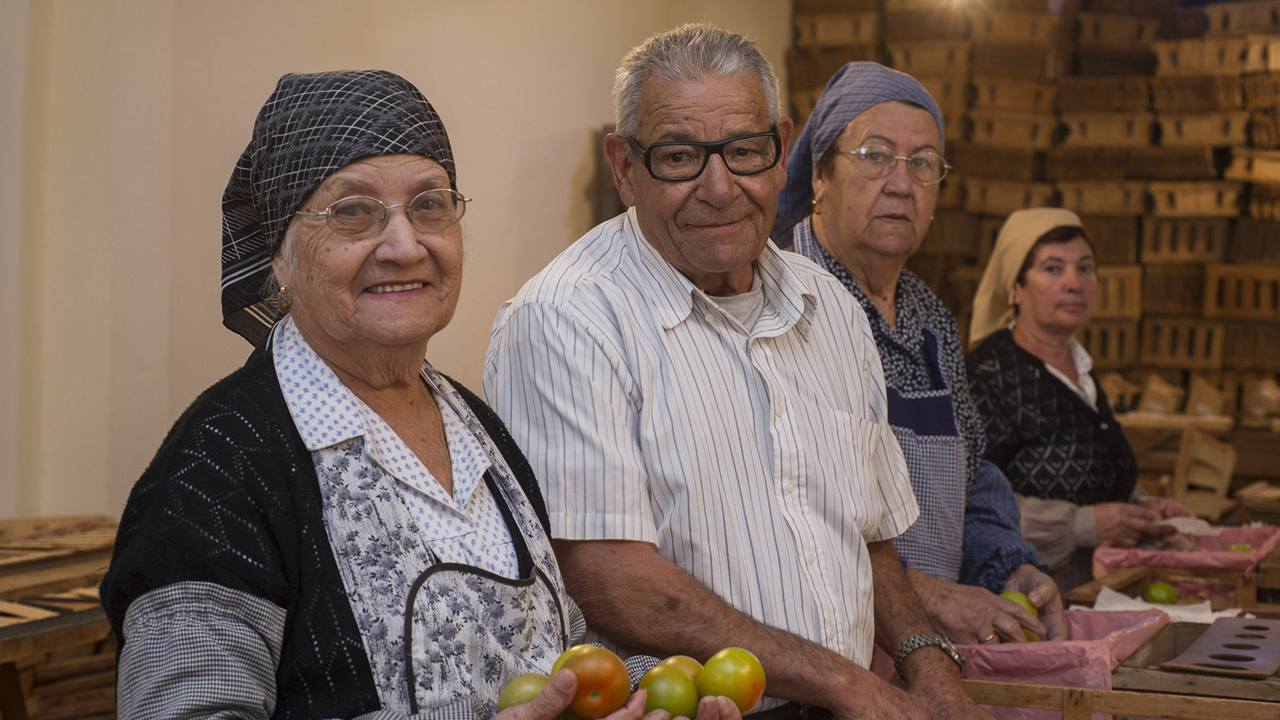
A pathway then leads us towards El Charco, a pond which is the centre of attraction during the month of September, and a highlight of the many ancient fiestas in Gran Canaria. Here is where different elements are once again fused together. The waves have shaped the stones into many different colours and textures, a blend of volcanic materials brought down through the ravine and deposited on the seashore by the tides. These damp pebbles shine brightly in the sunlight, as do the fish scales as they are pulled out of the sea by the fishermen.
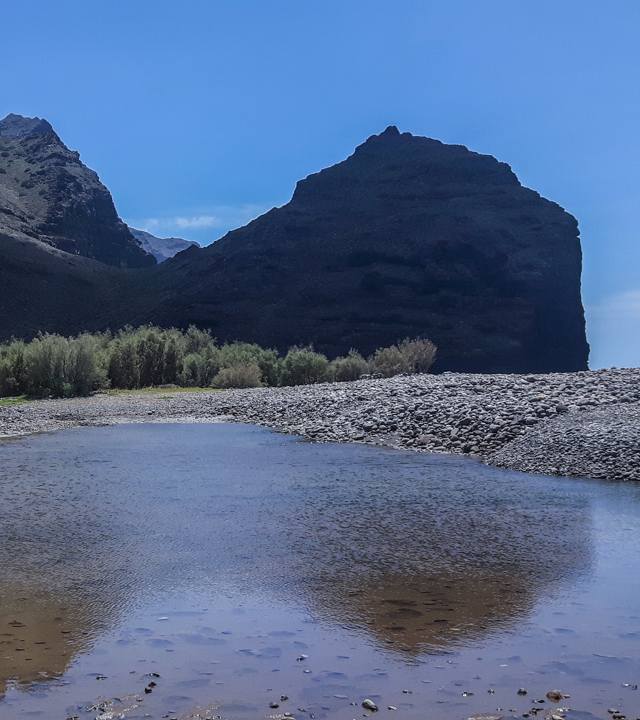
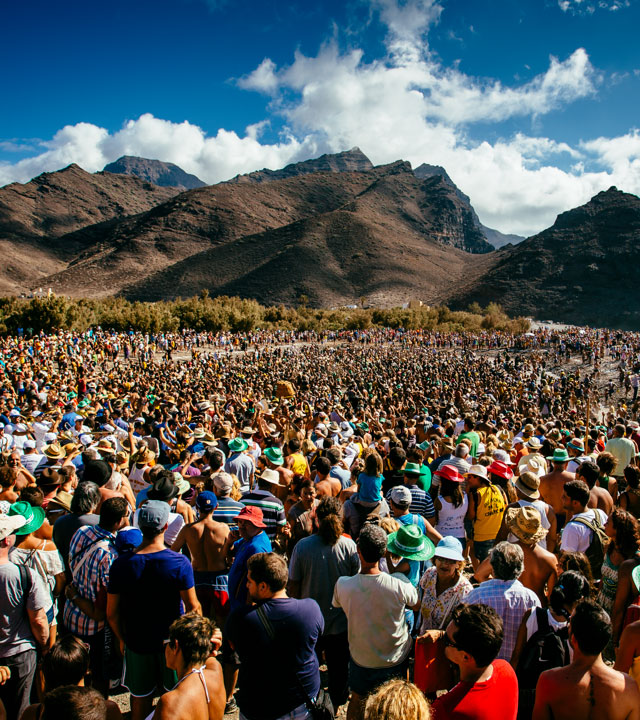
The road, emotions, pleasant conversation, bathing in the harbour and the walking around leave their mark. We put our feet up at the terrace of a restaurant overlooking the shore, attracted by the aromas of grilled tuna and octopus ropavieja. The seasoned tomatoes serve up the history of this agricultural and fishing region literally on a plate. Juan Martín told us how, decades previously, he himself used to drive the lorry to Las Palmas de Gran Canaria and bring back to La Aldea men and women from Lanzarote who came to work on the tomato crops at harvest time.
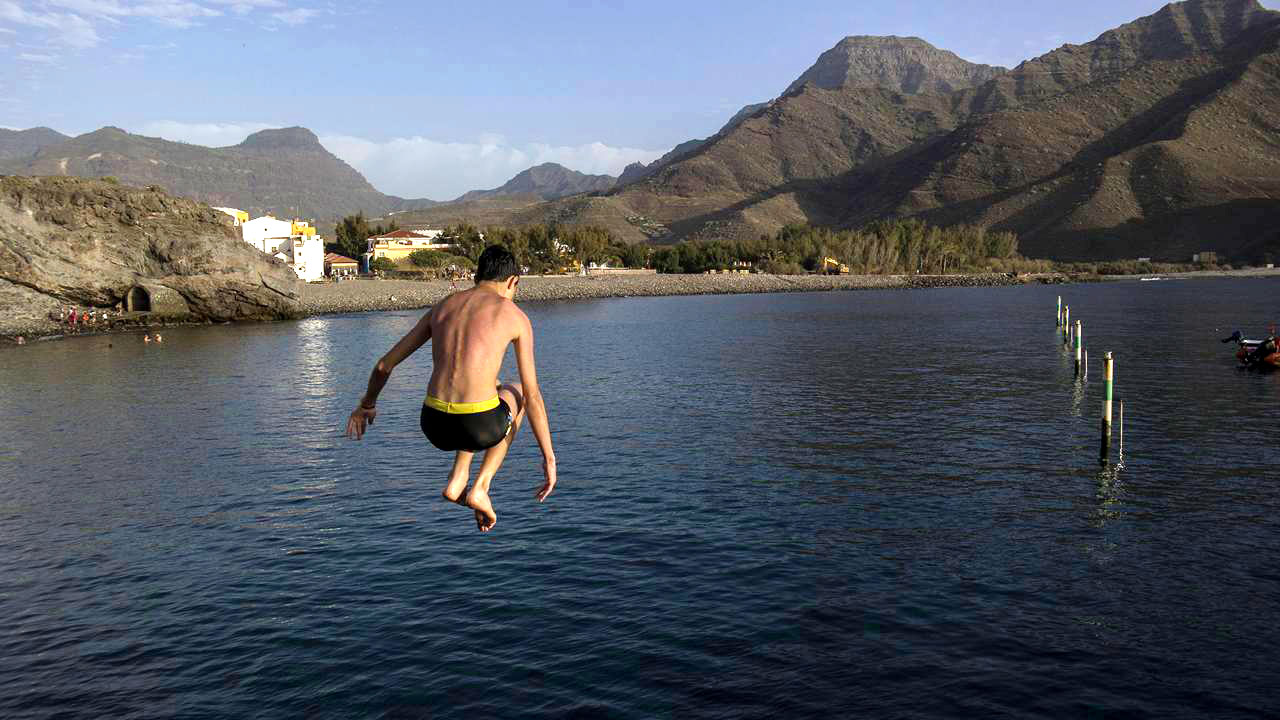
It is time to leave, and back to the south, on another road packed with gorgeous geological marvels bathed in natural bright light. Our hearts begin to turn over all that has happened today. Juan Martín was right about something. Some part of you, even just a dangling thread of memories, will stay with you for ever in La Aldea.
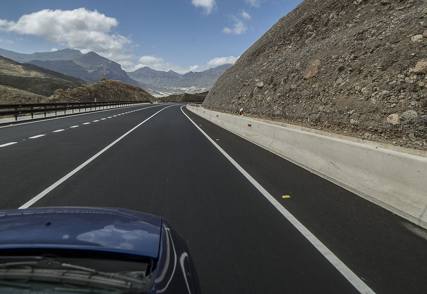
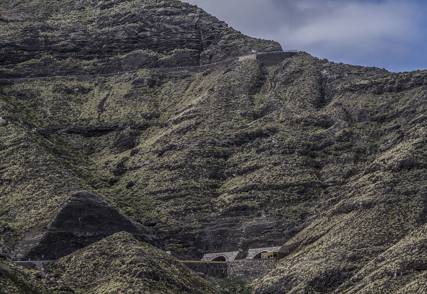
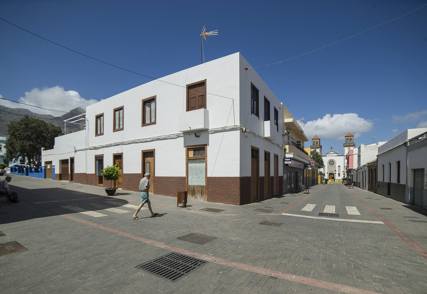
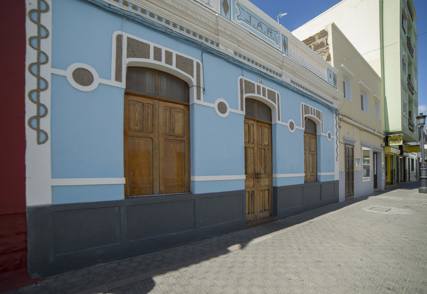
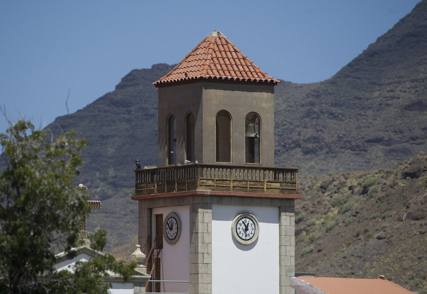
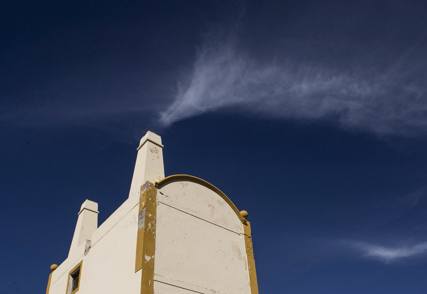
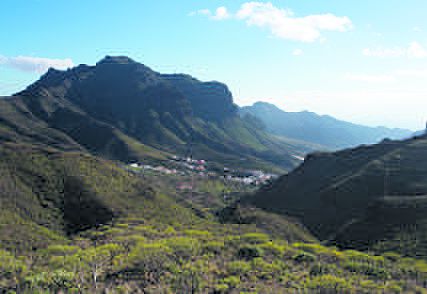
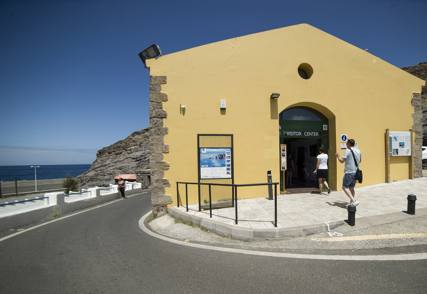
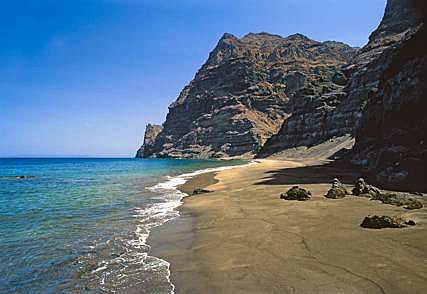
Related link:
La Aldea de San Nicolás

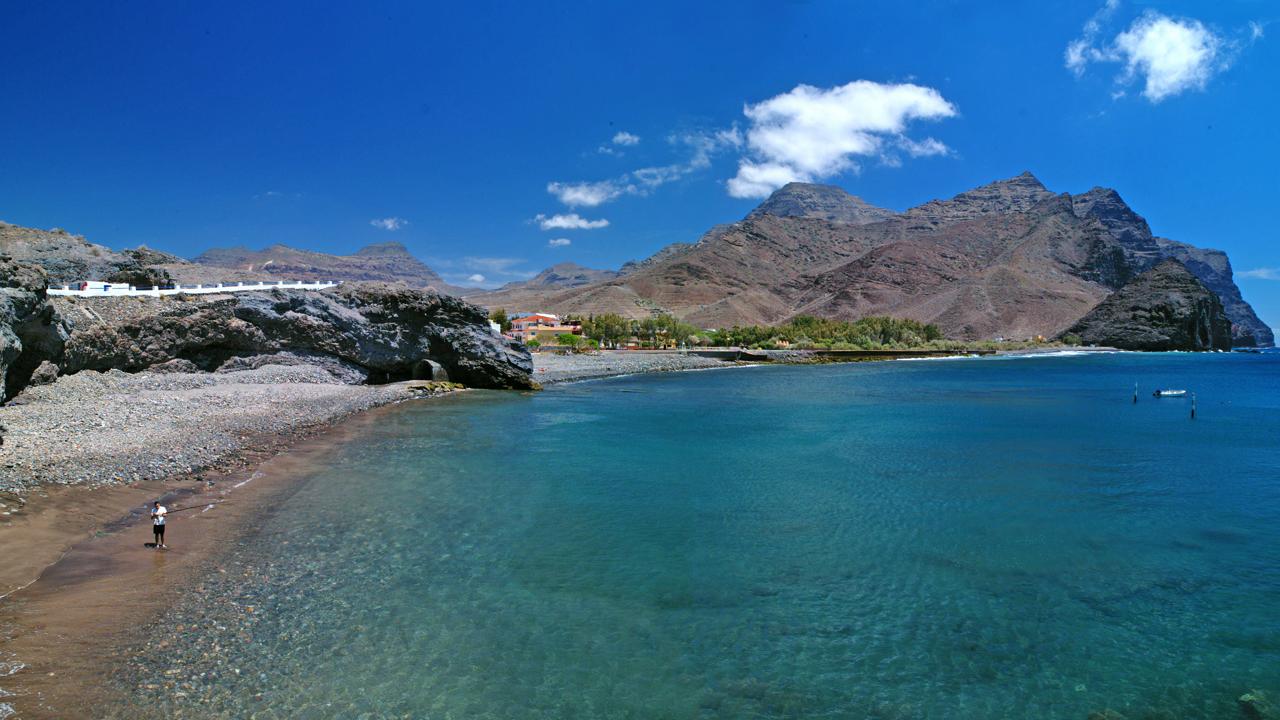
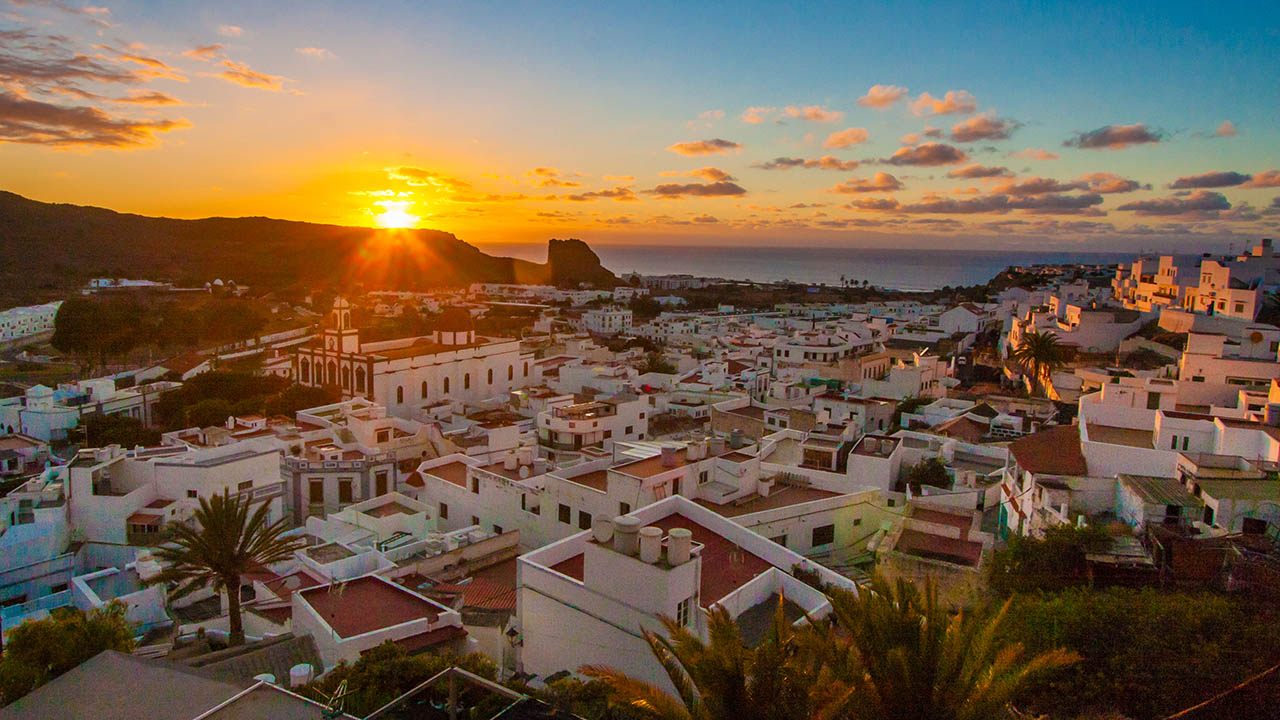
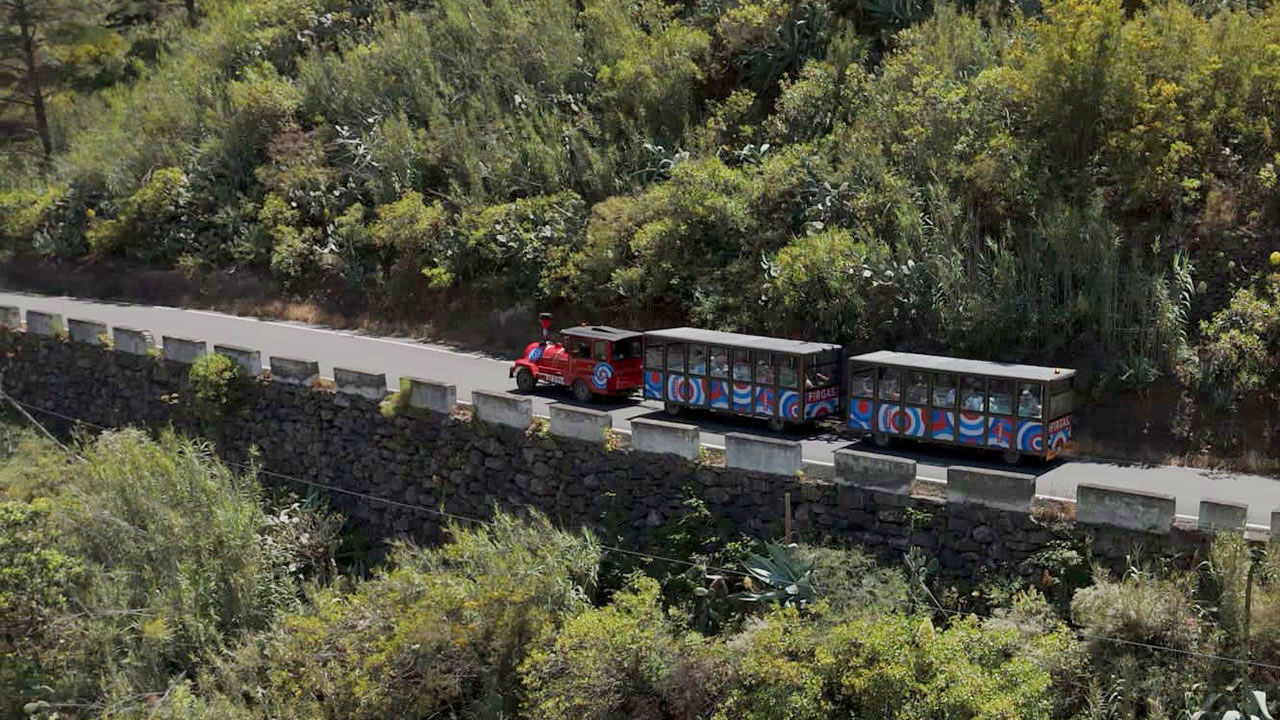
Comments are disabled for this post.